Signs of the Times • 1 April 2016 • No. 66
Abbreviated issue
This edition of “Signs of the Times,” (and next week’s) is abbreviated to clear space for hiking in Arches National Park in Utah. (You’ll be jealous when you view these National Geographic’s photos of the park.)
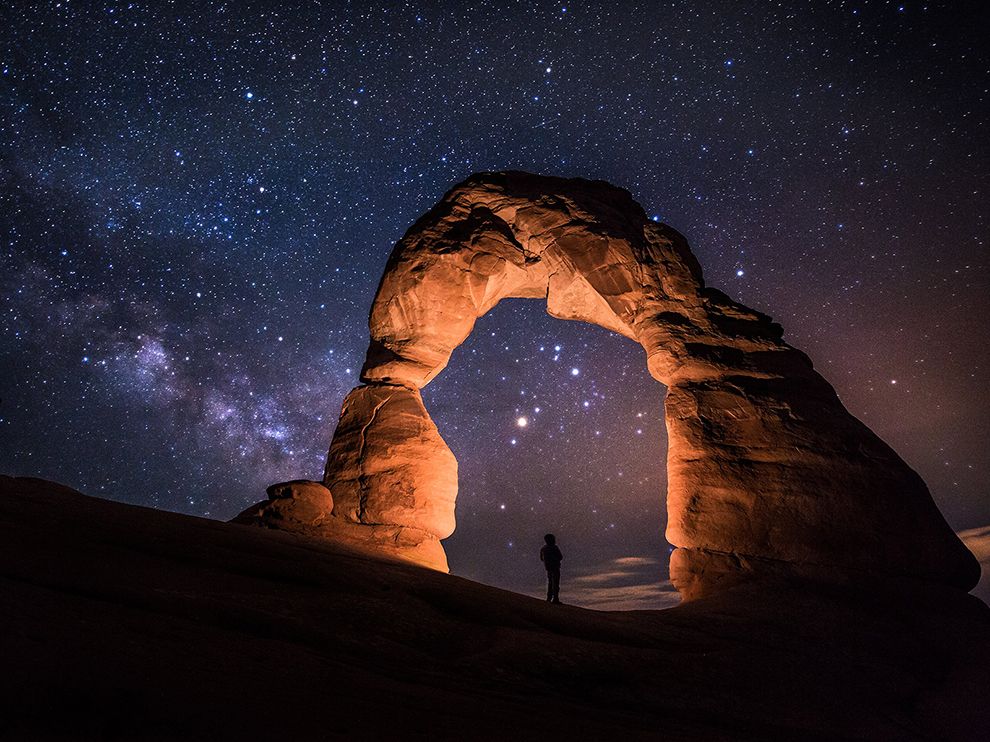
Above. Delicate Arch, Arches National Park, Utah. Photograph by Thomas Piekunka.
¶ Processional. Riverdance longest line world record (3:01).
¶ Invocation. “Rejoice, let Mother Church also rejoice, / arrayed with the lighting of his glory, / let this holy building shake with joy, / filled with the mighty voices of the peoples.” —Exsultet, “a dramatic invitation to heaven and earth to join with the Church in joy and jubilation.” (click the “show more” button to see lyrics)
¶ Call to worship. “We are kindred all of us, killer and victim, predator and prey, me and the sly coyote, the soaring buzzard, the elegant gopher snake, the trembling cottontail, the foul worms that feed on our entrails, all of them, all of us. Long live diversity, long live the earth.” —Edward Abbey, Desert Solitaire, a classic in earth-anchored  spirituality, written in the mid-‘60s while he was a park ranger at Arches National Park
spirituality, written in the mid-‘60s while he was a park ranger at Arches National Park
¶ I love it when geriatrics draw a crowd. In case you haven’t already seen this video of The Stones roll into Cuba. (1:13. Thanks Dan) Crowd estimates range from several hundred thousand to over a million.
¶ Put chocolate back in Easter!!! “Chocolate manufacturers in the U.K. have removed the word ‘Easter’ from the holiday egg candy that has delighted millions of children for generations. But a demand that manufacturers put Easter back on the packaging of chocolate eggs has become the latest culture war issue on the eve of Christianity’s most important holiday.” —Trevor Grundy, Religion News Service
¶ This is pretty amazing. A restaurant owner in Noble, Oklahoma, was so dismayed over state budget cuts for human services that he took to Facebook to alert fellow citizens and then offered free meals over the next three months to those directed affected. —Dallas Franklin, KFOR News Channel (Thanks Roger)
¶ Visualization of how small efforts can lead to big changes: Domino chain reaction. (2:33 seconds)
¶ Hymn of praise, as gardens are prepped for spring. “Garden Song” (“Inch by Inch”), Pete Seeger.
¶ We all have have multiple images, stories, experiences, and memories through which we “read” Easter’s import. The church’s triumphal clamor has often been that Jesus emerged from entombment kicking butt and taking names. I think 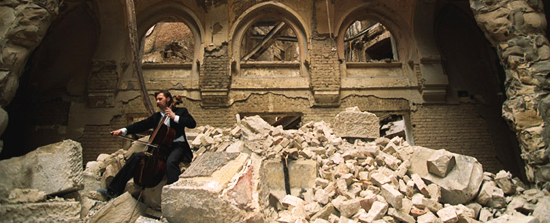 it’s more like cellist Vedran Smailović’s decision to play in Sarejevo’s streets during the city’s long siege (5 April 1992-29 February 1996) by Bosnian Serbs. Nearly 14,000 were killed.
it’s more like cellist Vedran Smailović’s decision to play in Sarejevo’s streets during the city’s long siege (5 April 1992-29 February 1996) by Bosnian Serbs. Nearly 14,000 were killed.
Right. Vedran Smailović, cellist of Sarejevo.
•Listen to this recording of his performance of the “Albinoini Adagio” as a protest against the war and a prayer for peace.
•Read Dan Buttry’s profile of Smailović at ReadTheSpirit.
¶ Confession. “Donald Trump is a reflection of the ugliness within us, but only that. The ugliness itself is ours and we are long overdue to face it.” —Leonard Pitts, “Defeating Trump won’t erase the forces that made him possible”
¶ Recommended longer read. A debate over the relative value of protesting Donald Trump events has been underway in certain circles. If this is a topic of interest, I highly recommend George Lakey’s “What Trump protesters can learn from the civil rights movement.” —Waging Nonviolence
¶ Words of assurance. For what can we hope? “Only this: confidence that / the dust is not that of / abandonment, b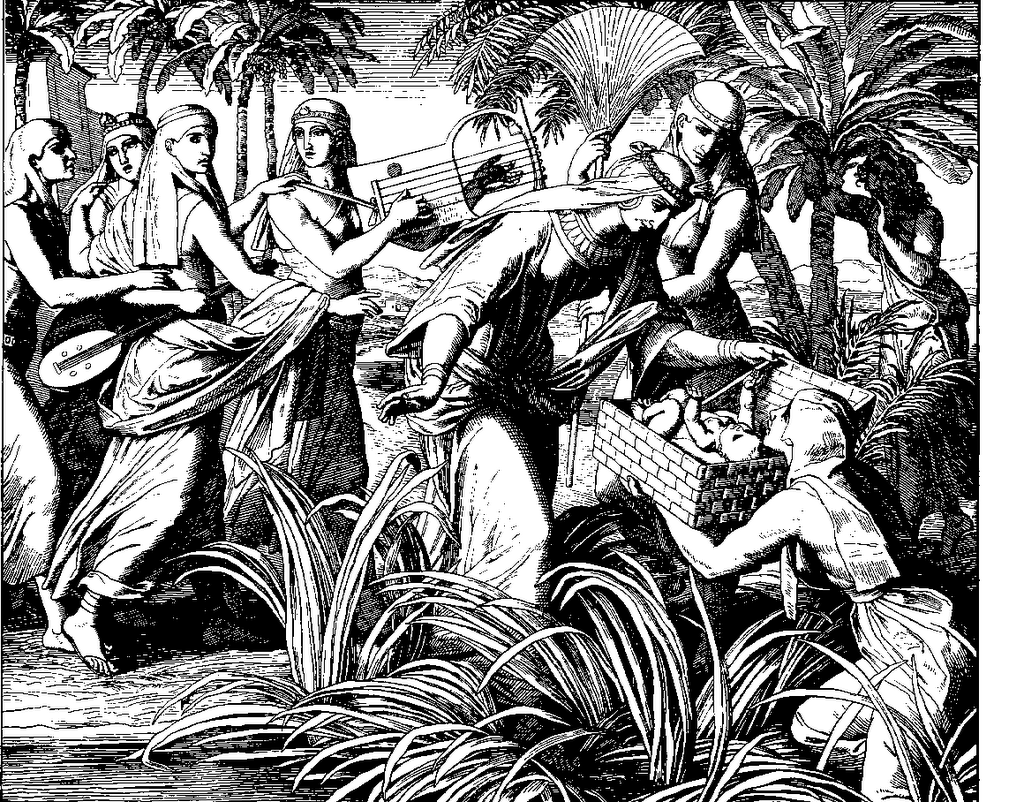 ut / of adama, of earth, earth / from which all adam receive / breath, and shall again, on / that rapturous occasion when / creation comes / unbound.” —continue reading Ken Sehested’s “Psalm 30 interrogation: For Madeleine, too soon departed”
ut / of adama, of earth, earth / from which all adam receive / breath, and shall again, on / that rapturous occasion when / creation comes / unbound.” —continue reading Ken Sehested’s “Psalm 30 interrogation: For Madeleine, too soon departed”
¶ “Stretching back to the Book of Exodus . . . the first two women in recorded history moved from dialogue to action, when Miriam, sister of Moses, reached out to the daughter of Pharaoh. In a joint effort to defy the royal decree and kill the baby boys of the Hebrew slaves, these two women, both princesses, saved Moses, who grew up to become the liberator of the House of Israel. . . .
“When Pharaoh’s daughter goes to bathe in the Nile, she hears the cries of the infant and is filled with compassion and seizes the moment to act. Some verses later, when Moses is already grown, and God reveals God’s self to Moses, God uses the same words; I heard the cries of my people, and indeed it was to time act. So what we have here is not Imitatio Dei. . . . [H]ere we have a story, where God imitates us, a woman no less, and an Egyptian daughter of the tyrant. This to me is the essence of dialogue, to be able to hear the cry of the other, to literally reach out and act, intervene. . . . And in the process . . . change the course of history!” —Rabbi Naamah Kelman, “The holy work of  dialogue,” Changing the Present, Dreaming the Future: A Critical Movement in Interreligious Dialogue
dialogue,” Changing the Present, Dreaming the Future: A Critical Movement in Interreligious Dialogue
Right: Photo by Malcolm Marler.
¶ Preach it. “We are Muslims, Hindus, Copts, Evangelicals and Catholics, but we are all children of the same God who want to live in peace.” Pope Francis, speaking to hundreds of asylum seekers on 24 March to draw the world's attention to the dramatic plight of refugees and migrants in Europe and elsewhere. —Gerald O’Connell, America
¶ Watch Pope Francis (4:00) washing the feet of refugees on Maundy Thursday. (Thanks Deborah)
¶ Call to the table. “We created a version of Christianity where Jesus saves but he doesn’t teach.” —Alan Bean, “Do 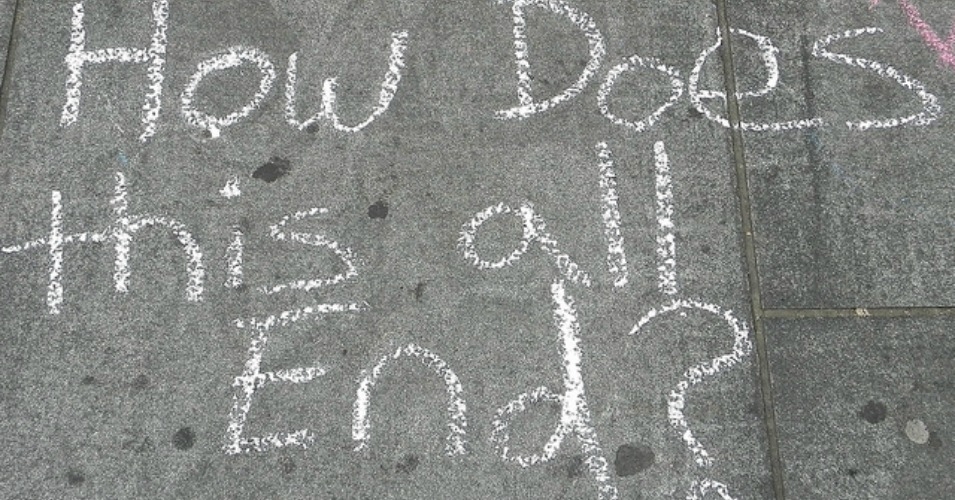 not despise the day of small things,” Friends of Justice
not despise the day of small things,” Friends of Justice
¶ Altar call. “A Jewish child asks: “When you’re asleep, you can wake up. When you’re awake—can you wake up even more?” —Rabbi Arthur Waskow
Left: Photo by American Friends Service Committee
¶ Benediction. “May Easter’s affection / spawn many children / who know / despite the trouble / the toil / the rubble strewn soil / the way of the cross leads home.” —"Easter's affection," a post-Easter poem by Ken Sehested
¶ Recessional. “Easter Song,” Keith Green, Post resurrection-blues turned to joy.
¶ Lectionary for Sunday next. “Discard your reluctance, you saints and you sinners: / Shout vowels of praise, sing consonants of delight. / On you, Dear Beloved, have I cast my care and / entrusted my fare. Let none rejoice over my sorrow; / let none reprise my grief.” —“Weeping may linger,” a litany inspired by Psalm 30
# #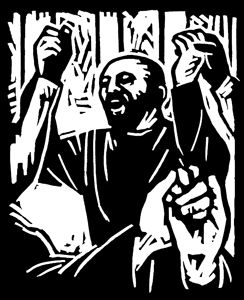 #
#
Featured this week on prayer&politiks:
• “Weeping may linger,” a litany for worship inspired by Psalm 30
• “Psalm 30 interrogation: For Madeleine, too soon departed,” a poem
• “Easter’s aftermath,” a poem
Right. Artwork ©Julie Lonneman.
©Ken Sehested @ prayerandpolitiks.org. Language not otherwise indicated above is that of the editor. Don’t let the “copyright” notice keep you from circulating material you find here (and elsewhere in this site). Reprint permission is hereby granted in advance for noncommercial purposes.
Your comments are always welcomed. If you have news, views, notes or quotes to add to the list above, please do. If you like what you read, pass this along to your friends. You can reach me directly at klsehested@gmail.com.
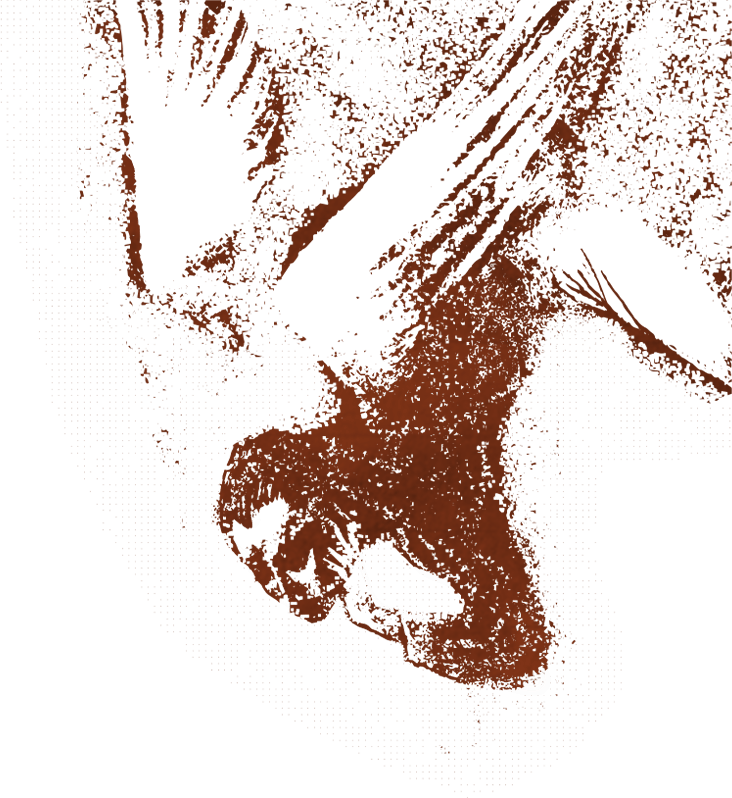
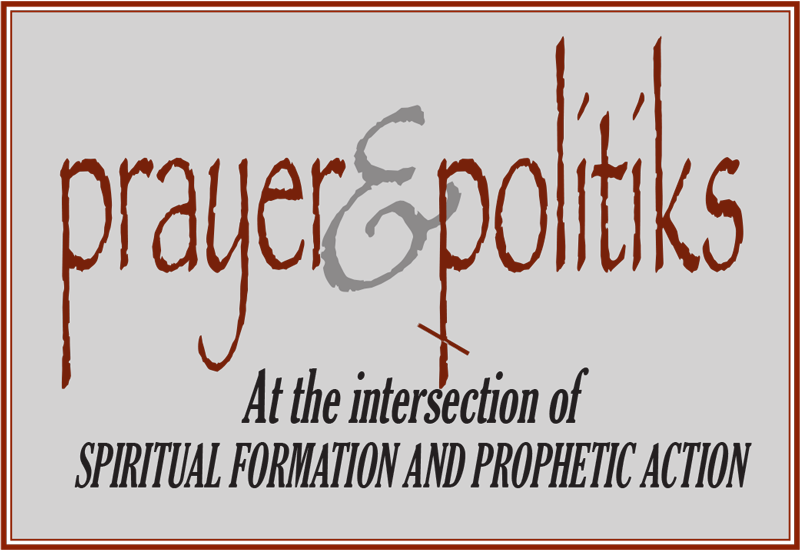
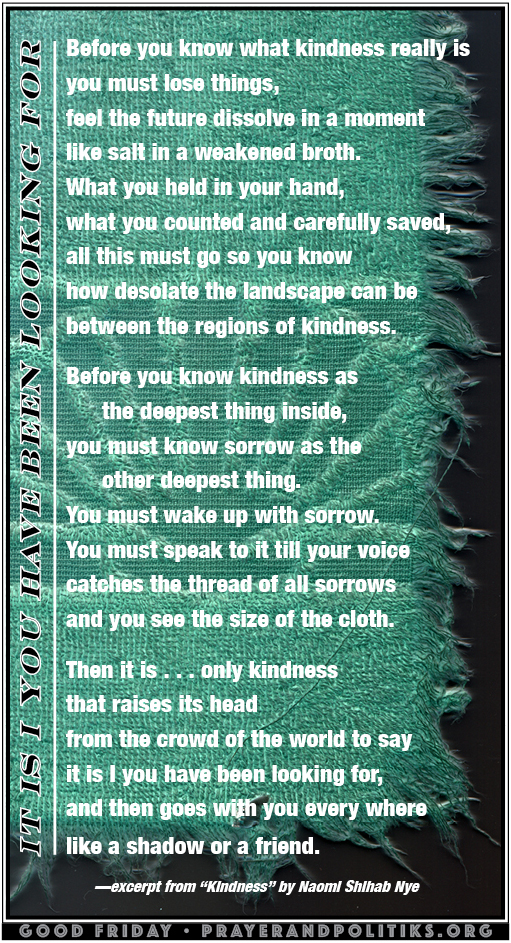 Let the women talk. Let the women act.
Let the women talk. Let the women act. peace activist from England. I wrote the reflection below the next day. Having traveled in Iraq twice, once with CPT shortly before the 2013 US invasion, I took the news pretty hard.
peace activist from England. I wrote the reflection below the next day. Having traveled in Iraq twice, once with CPT shortly before the 2013 US invasion, I took the news pretty hard.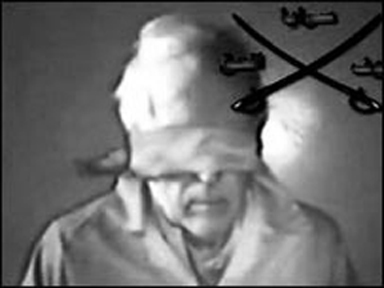 zones—could dispel the grief that washed over my breakfast table. It’s interesting what comes to mind in such stunned moments. Like my first night in your home, when I slept soundly through the history-making storm that came crashing through London in 1987.
zones—could dispel the grief that washed over my breakfast table. It’s interesting what comes to mind in such stunned moments. Like my first night in your home, when I slept soundly through the history-making storm that came crashing through London in 1987.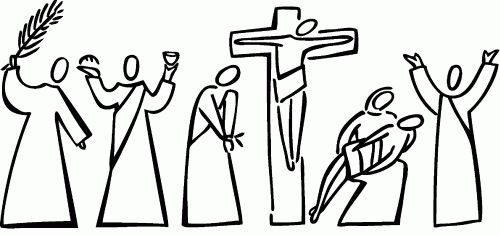 followed by hiking in Arches National Park in Utah. (You’ll be jealous when you view these
followed by hiking in Arches National Park in Utah. (You’ll be jealous when you view these  ¶ The peril of Holy Week cannot be endured without at least a hint of the Resurrection’s promise. To that end, below are two brief stories—one from today’s headlines, the other from recent history—to provide ballast in the storm.
¶ The peril of Holy Week cannot be endured without at least a hint of the Resurrection’s promise. To that end, below are two brief stories—one from today’s headlines, the other from recent history—to provide ballast in the storm.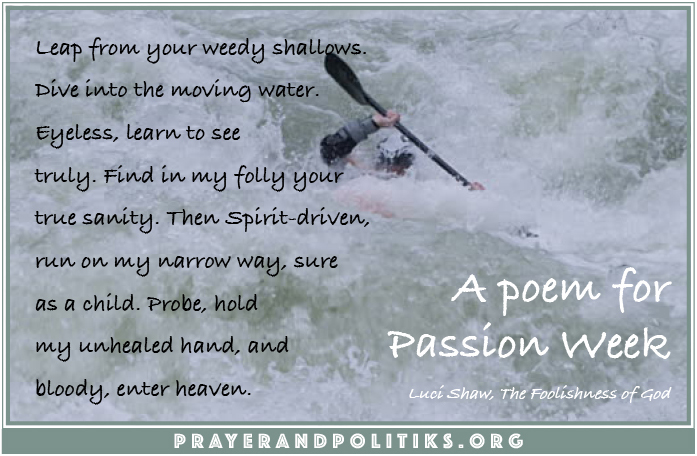
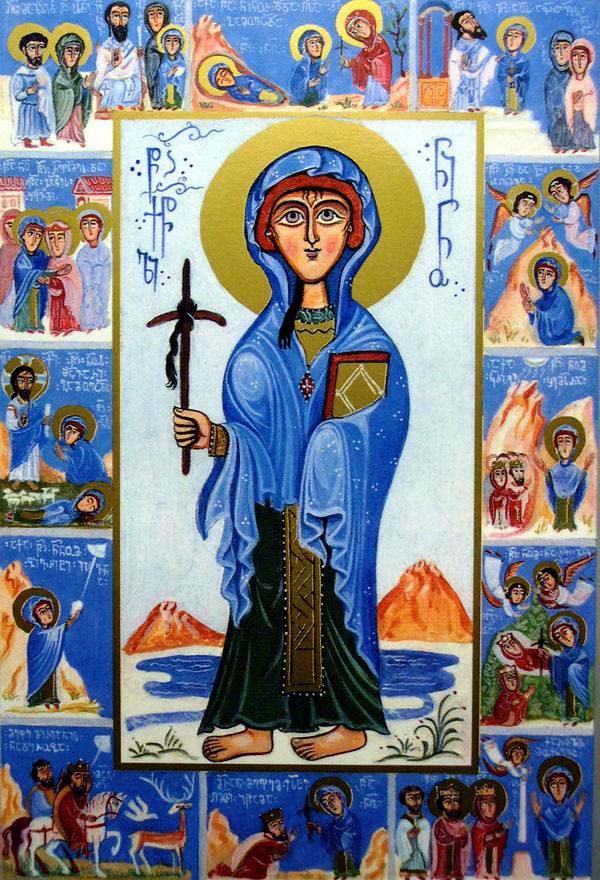 fourth century, when the King of Iberia Mirian III established it as the official state religion. The missionary who effected this conversion was a woman—Saint Nino (pictured at left), thought to come from a Greek-speaking Roman family in Cappadocia (part of modern Turkey). Nino is venerated by Eastern and Oriental Orthodox Churches as well as Roman Catholic and Eastern Catholic Churches.
fourth century, when the King of Iberia Mirian III established it as the official state religion. The missionary who effected this conversion was a woman—Saint Nino (pictured at left), thought to come from a Greek-speaking Roman family in Cappadocia (part of modern Turkey). Nino is venerated by Eastern and Oriental Orthodox Churches as well as Roman Catholic and Eastern Catholic Churches.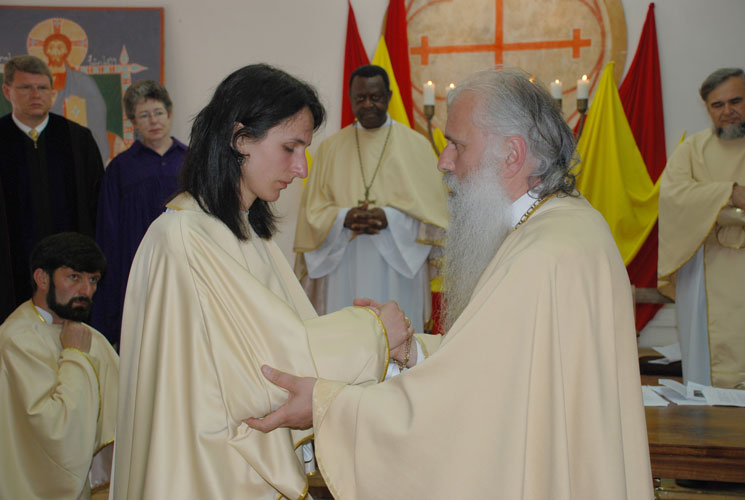 imaged some of us would become ministers.”
imaged some of us would become ministers.”